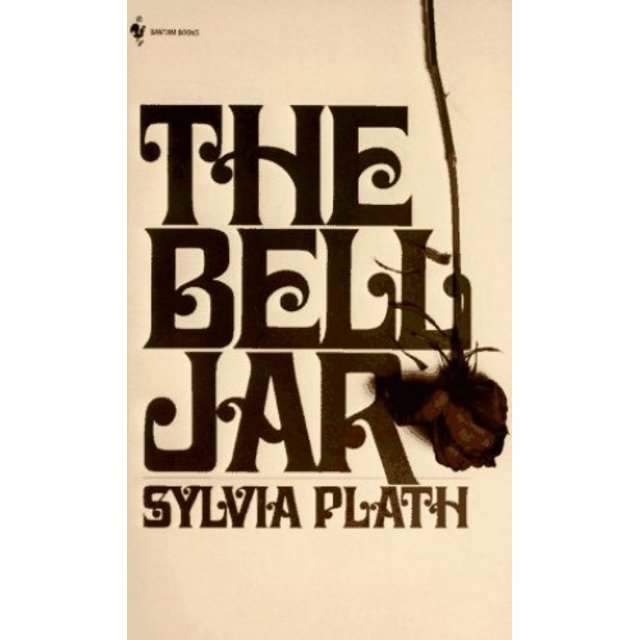
Journalist, novelist, a former teen-age music critic, Caitlin Moran has been writing about the female experience for years. A self-described feminist, Moran has covered all things girls and women in both her novels and books of collected essays. However, there is one question Moran has been asked by her mostly female audience. That question? “What about men?” For the longest time, Moran has put off answering the question. It wasn’t until her daughters were asking the very same question that Moran was inspired to ask “what about men?’ herself and she decided to do some homework resulting into her latest book, What About Men: A Feminist Answers the Question.
In several unique chapters, Moran covers men and various topics. These include everything from men as young boys to old age. She takes a look at the bodies of men (including their private parts), men’s clothing, the conversations amongst men, and how they view sex and porn. She also looks at the way men talk to women and friendships amongst men. She looks at men through the lens of fatherhood and how men deal with illness. And she also goes down a treacherous path of men and misogyny in the scary world of the on-line manosphere.
To find out the inner-workings of all things men, Moran first turned to her inner-circle, including her husband, Pete. Now, these men are not exactly a diverse group. Like Moran herself, they are mainly white, cis, heterosexual, middle-aged, and middle class. But you’ve got to start somewhere, right?
She asks these men about growing up, what they talk about (or don’t talk about) when they chat amongst in a men-only group, their attitudes about sex and pornography, and their opinions on everything from the clothes they wear to why they neglect their health. And she gets some very interesting answers. For instance, she finds out why men don’t talk about their penises whereas some women will wax on about their vaginas post-birth.
One frightening aspect of the world of men today, is the world of the manosphere. For the uninitiated, the manosphere (which can be found all over the internet) is a cesspool of misogynistic men who see women as servants and cum dumpsters. They are truly threatened by any woman assets herself, is educated, and lives for anything that isn’t in service of a man. Probably the most famous of these knuckle-draggers, is MMA fighter, Andrew Tate. Tate has horrifying views on women, rape, and relationships. And he’s currently under investigation for sex trafficking. However, Tate does have a huge following, especially amongst very confused Gen Z men. Moran, too, is horrified by Tate, but tries to get an inkling of why some young men might be drawn to such a divisive figure. And on a personal note, Tate isn’t exactly the tough guy he purports to be. He actually blocked me on Twitter for saying he has no chin. But let’s go further.
On the issue of men and pornography, a young man shares his tale with Moran of his addiction to porn and how it negatively affected him when it came to dating and relationships. This could be a good warning that not all porn is completely harmless. Your heart breaks for this young man, and you will be comforted that he’s on the path towards healing.
But not is all lost when it comes to men. Yes, there are horrible examples of toxic masculinity like the aforementioned Andrew Tate. Moran looks into men who are admired for positive masculinity and comes up with names like Keanu Reeves and President Barack Obama. For me, I’d like to add names like the late Paul Newman and professor Neil Shyminsky who I follow on TikTok, and always has excellent counter-arguments to the toxicity of the manosphere.
And just as women are imprisoned by what makes a true woman, men are also locked into tropes of what it makes a true man, and how both men and women need to look past these clichés to be true to oneself. At this point, we’re not really talking about the difficulties of being a man in the 21st century in a way that doesn’t bash women and feminism. These things need to change.
Now admittedly, Moran does not go in very deep in What About Men? She is not an academic or a researcher. If you’re looking for a book that goes more in depth on the topic of men, I highly recommend Susan Faludi’s Stiffed: The Betrayal of American Men. Yes, Faludi, the feminist who wrote the classic Backlash: The War Against Women. And at times, Moran can be a wee bit too snarky and UK-oriented. However, I do commend Moran for actually giving a shit about men and their issues. What About Men? isn’t a perfect book, but it is a start. And I hope it can open up a dialogue about men, what they’re going through, and how we can find understanding and empathy between the sexes.








